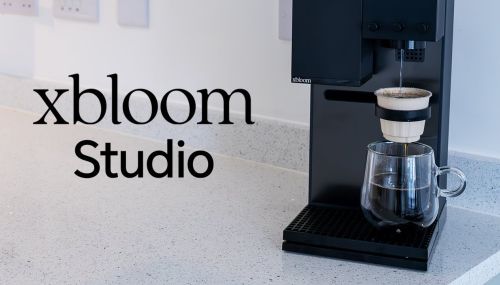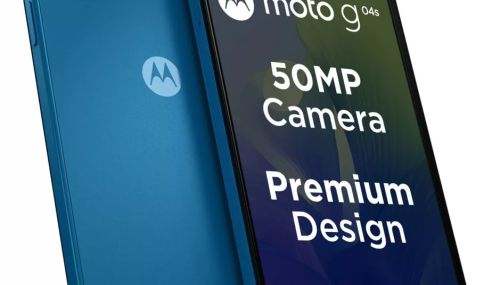Apple’s Bold Move: Crafting In-House Chips for the Future of iPhones and iPads

Apple's Chip Development Roadmap: Replacing Qualcomm and More
Introduction
In 2020, Apple initiated the transition to Apple Silicon for Macs, replacing Intel processors with its own custom chips. This move was highly successful, leading to faster and more efficient machines within a three-year period. Now, Apple is setting its sights on another major player: Qualcomm. The goal is to bring all networking components in-house, starting with the new C1 modem introduced in the iPhone 16e.
C1 Modem: First Step
The C1 modem, launched with the iPhone 16e, focuses on efficiency rather than cutting-edge performance. It doesn't support 5G mmWave and lacks some features of Qualcomm's modems. However, it is still performant and will likely appear in the iPhone 17 Air, where its power efficiency is crucial.
Future Modem Generations
C2 Modem (2026)
Codename: Ganymede
- Expected to debut in the iPhone 18 lineup in 2026 and future iPads in 2027.
- Features:
- Support for mmWave
- Download speeds of up to 6 Gbps
- Six-carrier aggregation (Sub-6)
- Eight-carrier aggregation (mmWave)
C3 Modem (2027)
Codename: Prometheus
- Expected in the iPhone 19 lineup in 2027.
- Aims to surpass Qualcomm's performance and AI features.
- Support for next-generation satellite networks.
Cellular Support for MacBooks
Apple is considering adding cellular support to MacBooks as early as 2026, leveraging its in-house modems.
Wi-Fi and Bluetooth Chip: Proxima
Codename: Proxima
- Expected to debut in refreshed HomePod mini and Apple TV models later this year.
- Supports Wi-Fi 6E standard.
- Theoretical capability to serve as a Wi-Fi router.
- Expected in the entire iPhone 17 lineup, some iPad, and Mac models by 2026 according to Ming-Chi Kuo.
Modem Integration with Apple Silicon
Apple is exploring integrating cellular modems directly into its main chipset. This integration, which could reduce costs and improve efficiency, is slated for at least 2028.
Conclusion
Apple's ambitious plans to bring all networking components in-house signal a significant shift in the tech industry. By developing its own modems and networking chips, Apple aims to enhance performance, reduce costs, and maintain control over its product ecosystem.
Latest News

xBloom Studio: The Coffee Maker That Puts Science in Your Cup
7 months ago

Moto Watch Fit Priced at $200: Is It Worth the Cost for Fitness Enthusiasts?
7 months ago

iOS 18's Subtle but Significant Privacy Boost: Granular Contact Sharing Control
7 months ago

Walmart Unveils Onn 4K Plus: The Affordable $30 Google TV Streaming Device
7 months ago

Judge Forces Apple to Comply: Epic Games' Fortnite Returns Hinge on Court Order
7 months ago

OnePlus Unveils the ‘Plus Key’: Is It Just an iPhone Knockoff or Something Revolutionary?
7 months ago